Helichrysum newii, commonly known as Everlasting Flowers, is a species of flowering plant within the family Asteraceae. This perennial plant is notable for its adaptation to harsh environments, particularly found in the high-altitude regions of East Africa, including mountains like Kilimanjaro, Meru, and Elgon.
In the highest vegetation zones, Helichrysum newii scrambles across rocky or inhospitably barren land, adapting to the harsh alpine environment of East Africa’s mountains. H. newii can be found on mountains like Kilimanjaro, Meru, and Elgon between 2700 and 4600 m (8900 and 15100 feet). Its silvery green-grey, succulent-like leaves have thick, fuzzy hairs on both sides. The shrubby plant can grow up to 1 m (3.28 ft) tall, with a width that is typically greater than its height and the ability to produce enormous clumps. Alpine helichrysums are sometimes called “mountain daisies” because of their cream petals that resemble daisies and tiny yellow florets in the centre of their blossoms.
Climbing Kilimanjaro is more than just a physical challenge—it’s a botany-educational experience. The vegetation changes dramatically as you go through several climate zones, from the coffee plantations at the base to the sporadic, hardy lichens close to the summit. Hundreds of plant species, notably the striking gigantic groundsels, are supported by the volcanic soil of the mountain. These species have adapted to survive in the harsher environmental conditions found at higher elevations.
The family of plants known as Helichrysum, or everlasting flowers, is notable among these botanical explorers.
What gives them the name “everlasting”? These are the highest flowering species on Kilimanjaro; they may grow to a height of 15,000 feet, where they live with small, rough bushes and the strange groundsels, whose leaves have left behind from past seasons.
Helichrysum Meyer-Johannis has red blooms with a pink center; Helichrysum kilimanjari has yellowish-brown leaves with a lemon scent; and Helichrysum newii has white flowers with petals that end in fine points that blend almost perfectly with the plant’s pale, branching foliage.
These blossoms appear dainty, yet they are anything but. Their hardy, dry stems and closely overlapping, night-closing petals allow them to survive the low moisture content and freezing temperatures of the moorlands and heaths. Because of their resilience, the everlasting blooms are a powerful representation of victory for climbers. Necklaces fashioned from these durable blooms were traditionally given to hikers when they finished their descent, honoring not just the ascent but also the spirit of tenacity these plants represent.
- Appearance: The plant grows in a shrubby form, often wider than it is tall, forming large clumps. Its flowers are characterized by tiny yellow florets at the center surrounded by cream, daisy-like petals, which might explain why alpine helichrysums are sometimes referred to as “mountain daisies.”
- Habitat: It thrives at elevations from 2700 to 4600 meters (8900 to 15100 feet), showcasing its remarkable ability to survive in alpine conditions with minimal moisture and extreme temperature fluctuations.
- Adaptations: Helichrysum newii has developed several survival strategies for its high-altitude habitat. Its stiff, dry structure and overlapping petals that close at night help it conserve moisture and withstand cold, embodying the plant’s nickname “everlasting flowers” due to their resilience and appearance.
- Cultural and Symbolic Use: On Kilimanjaro, these flowers have been used symbolically. Traditionally, trekkers completing their descent might be welcomed with necklaces made from these flowers, symbolizing endurance and triumph over adversity.
- Uses: Beyond its symbolic uses, Helichrysum species, including newii, are known for their essential oils, which have various applications in aromatherapy and natural medicine, though specific uses for H. newii might differ or be less documented compared to other species in the genus.
- Scientific Interest: Its ability to grow in such extreme conditions makes it a subject of interest for botanists studying plant adaptation and resilience. The plant’s presence in high-altitude environments like the Reusch Crater on Kilimanjaro, where it benefits from geothermal heat, underscores its unique ecological niche.
- Conservation: Given its specific habitat requirements, any changes in climate or human activity could potentially impact its distribution and survival, making it an important species for conservation efforts in its native regions
Additional information
| Habitat | Heath & Moorland Zone |
|---|

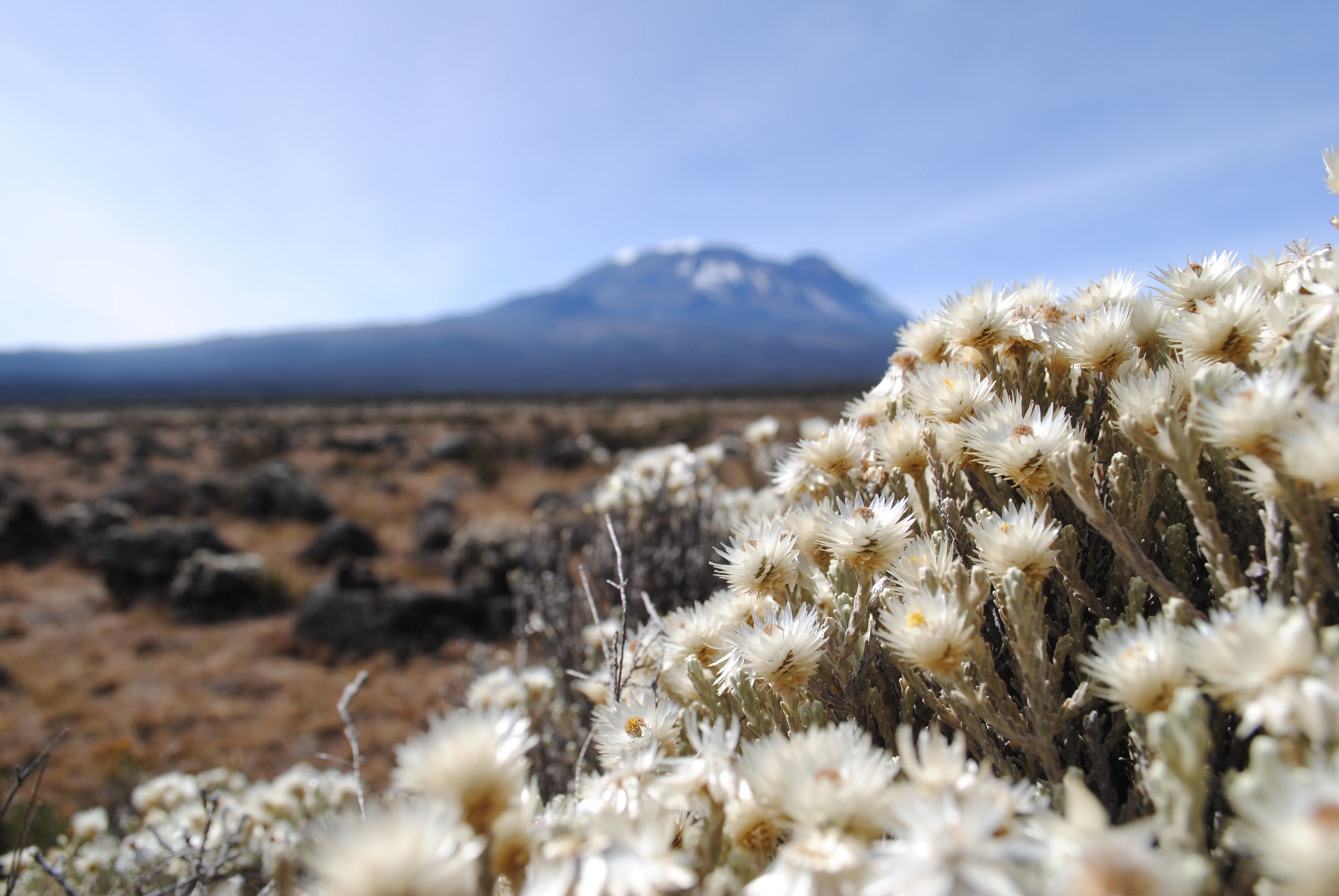
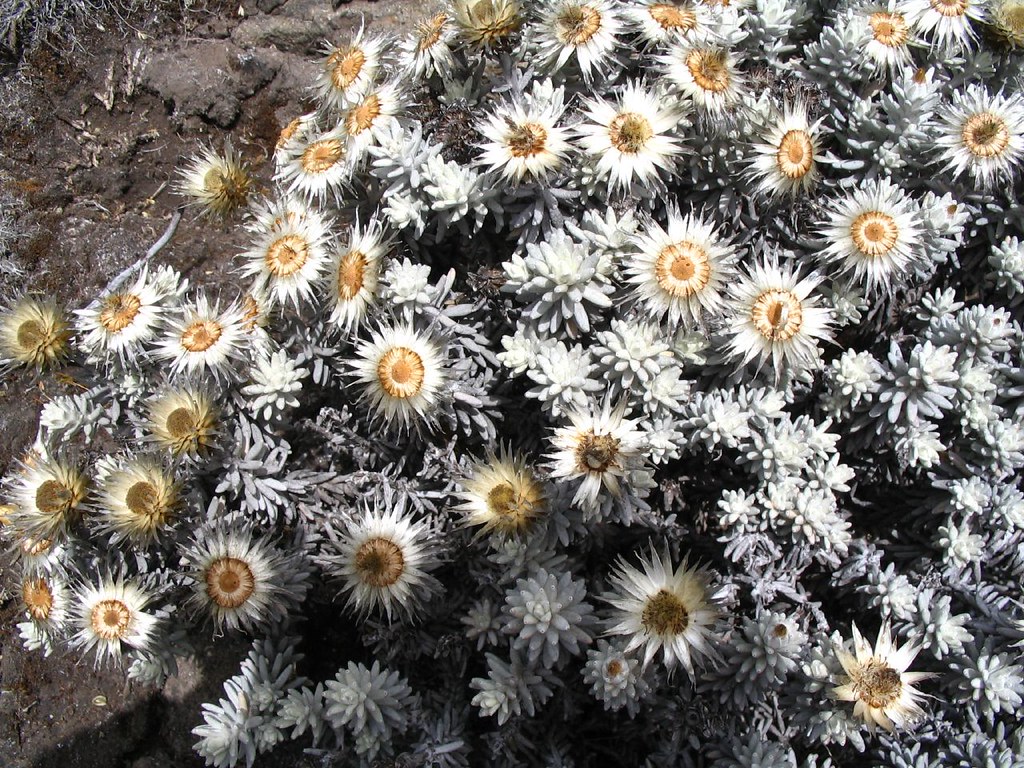
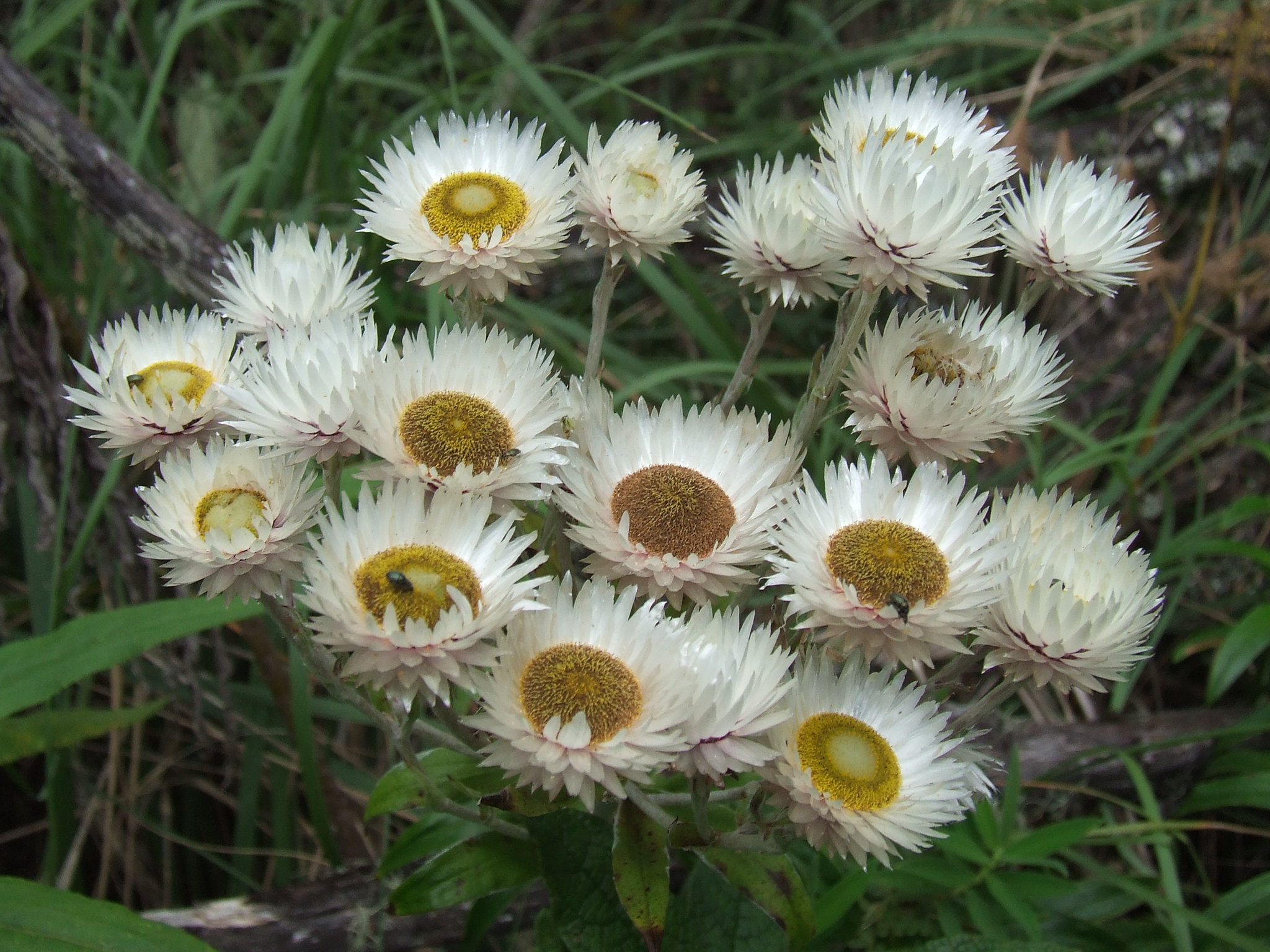
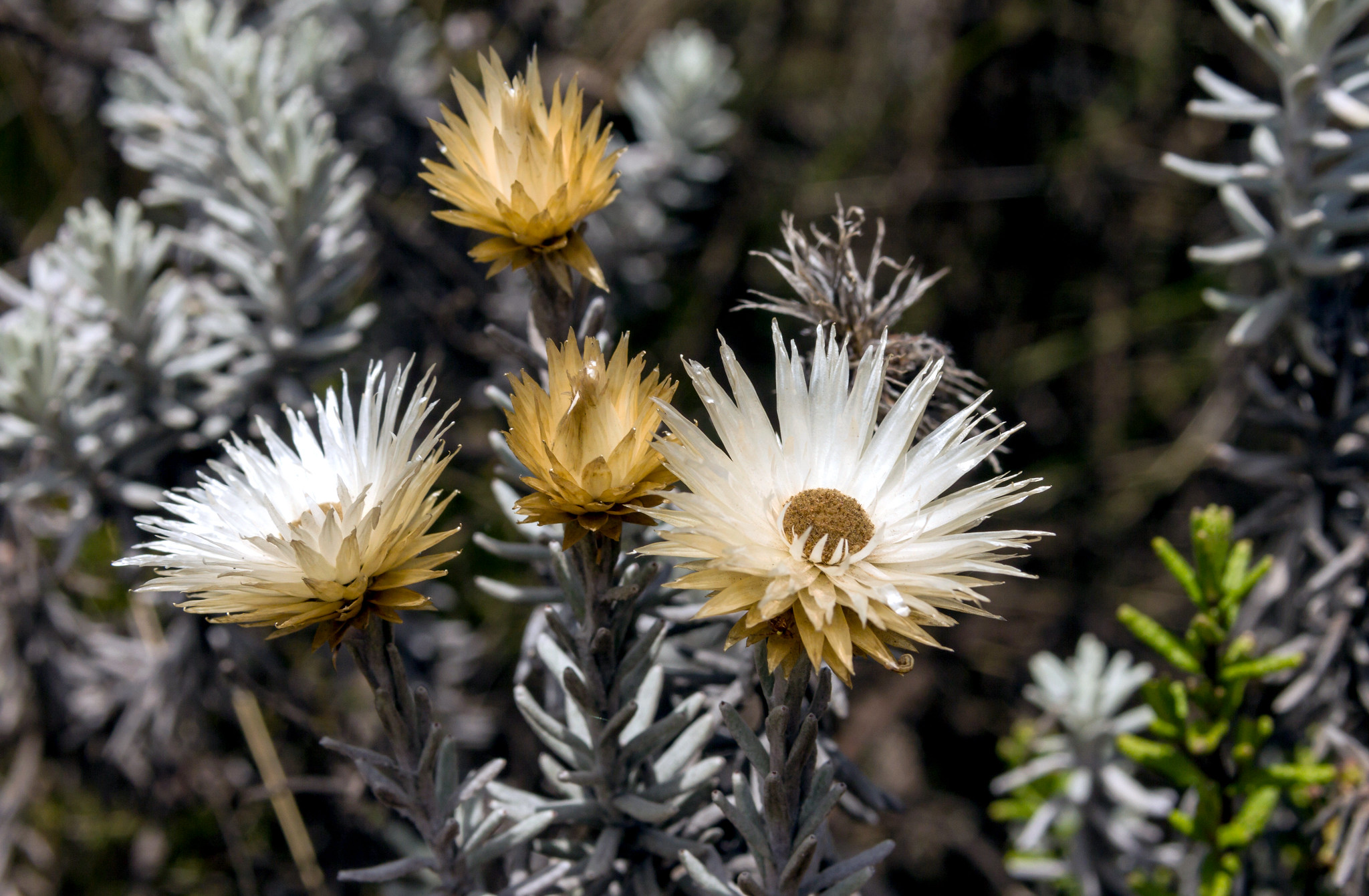
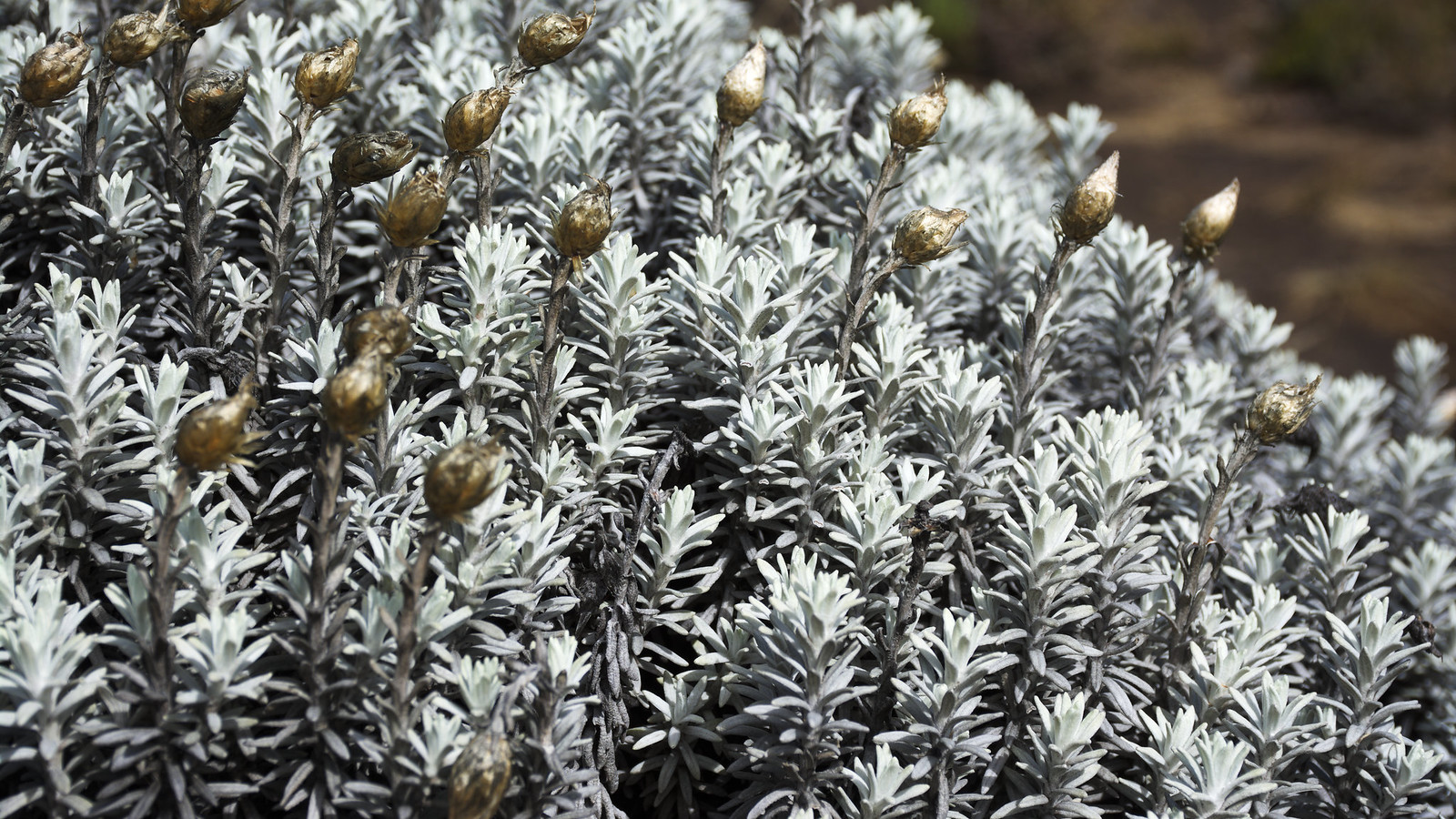
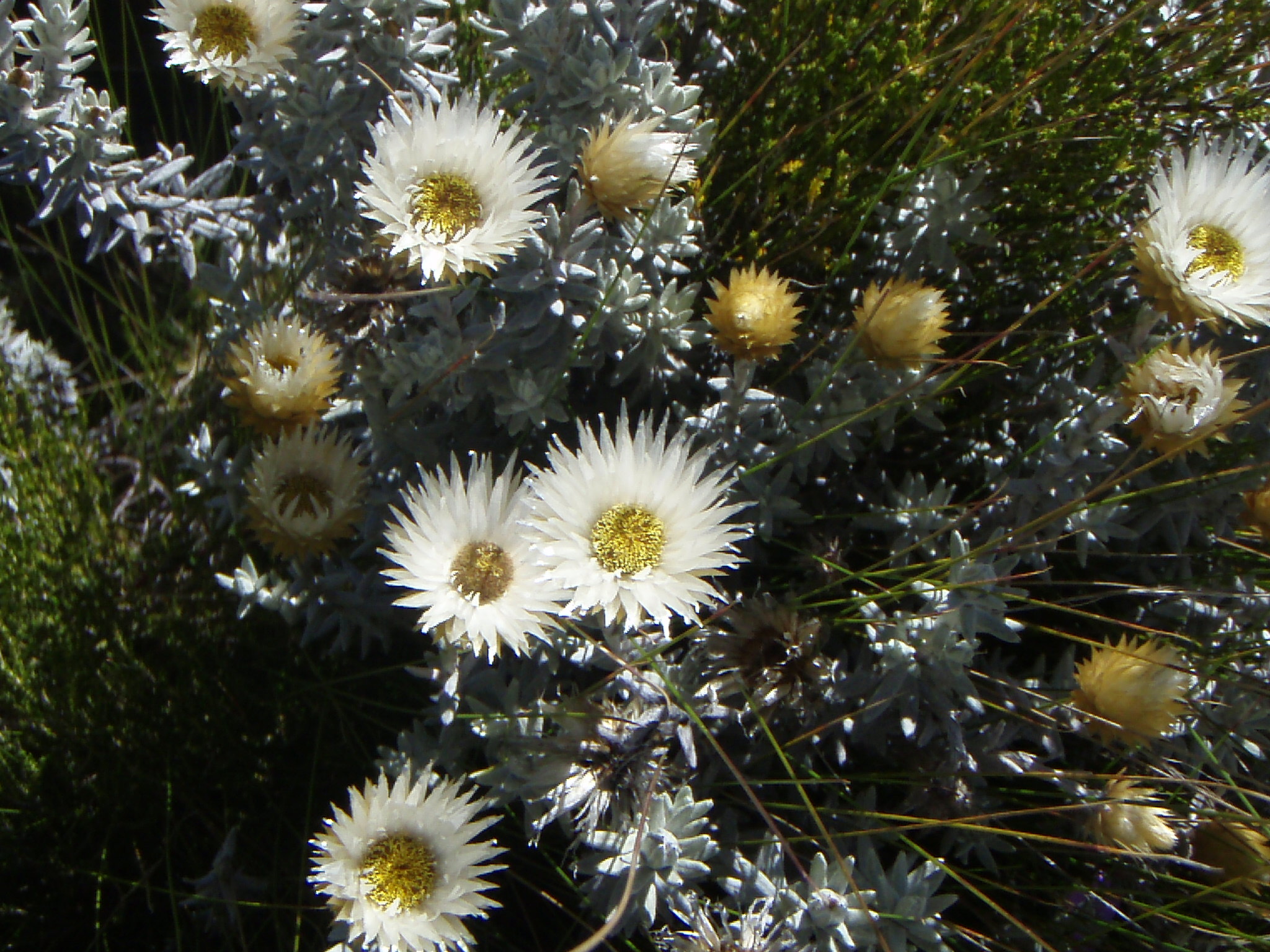
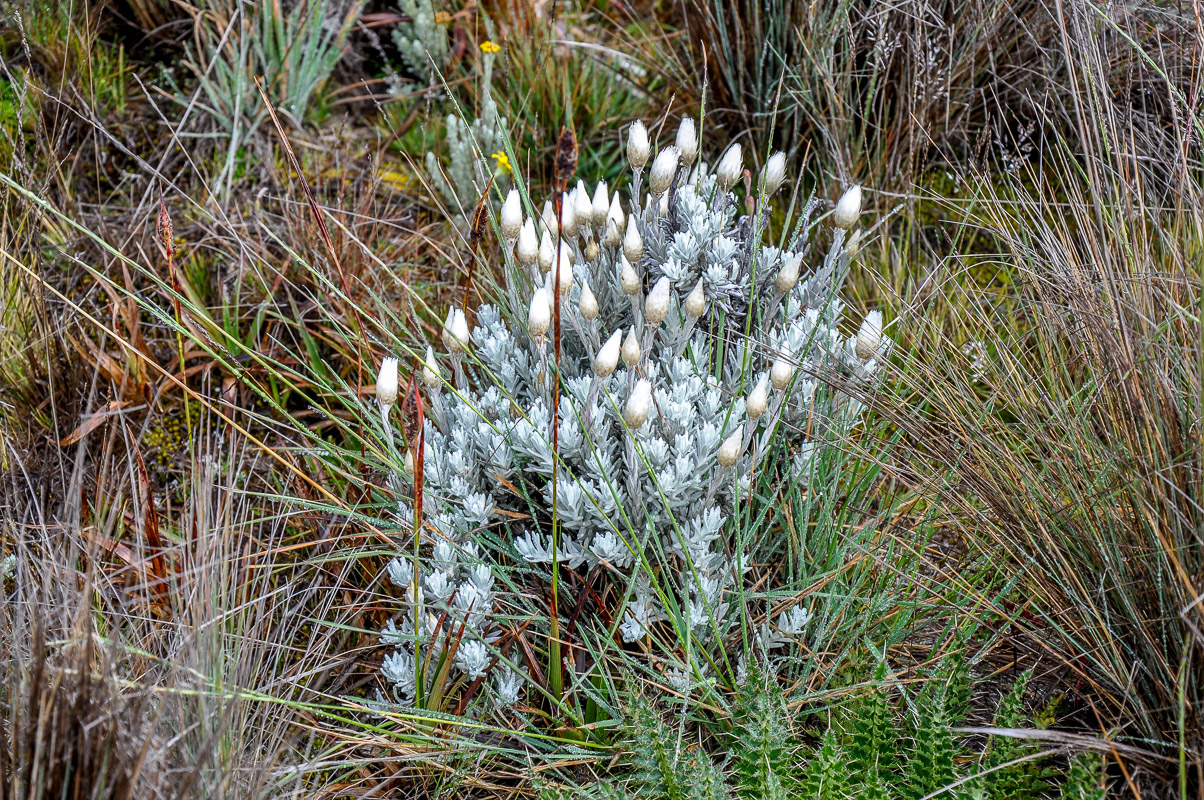
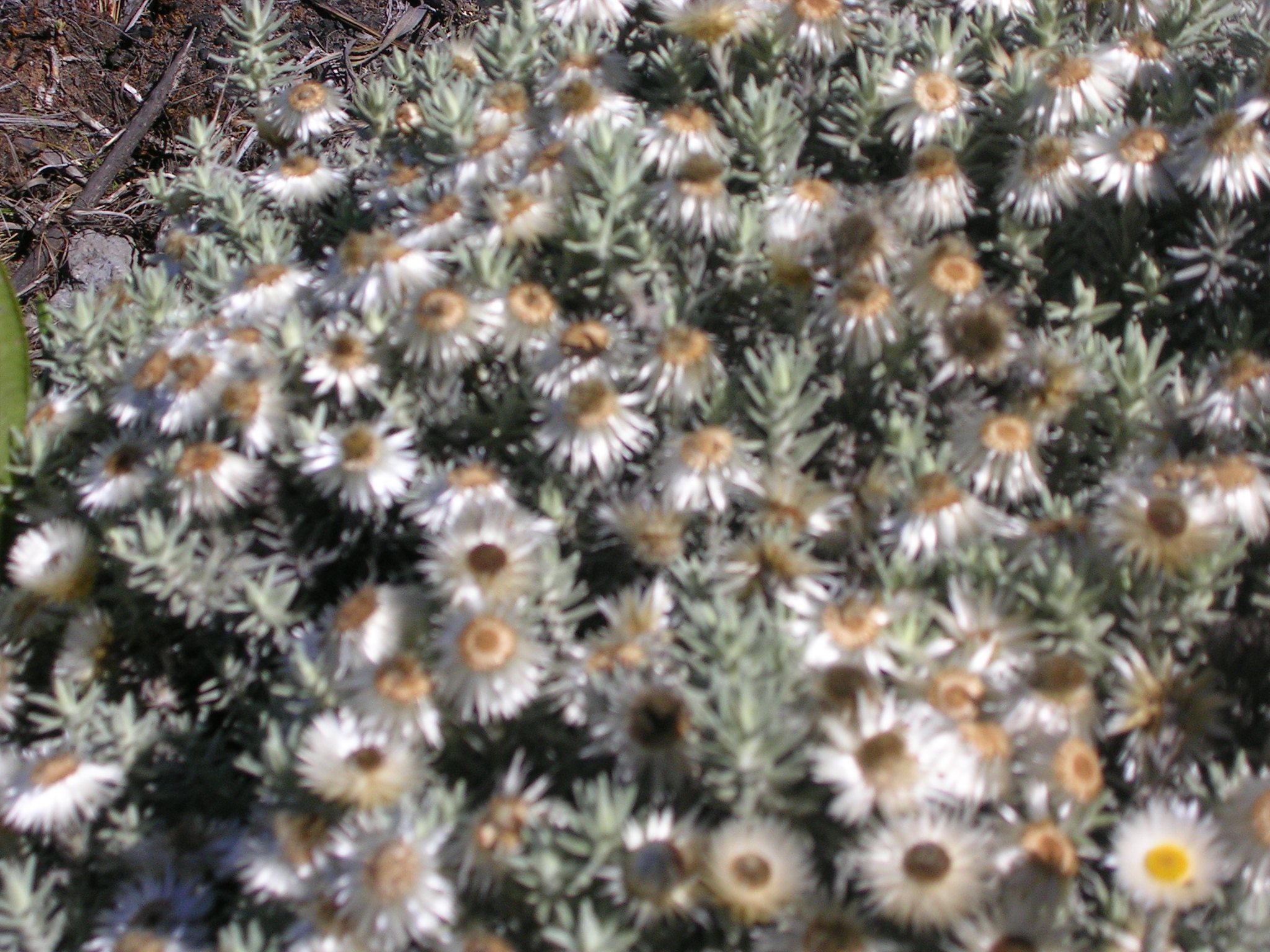
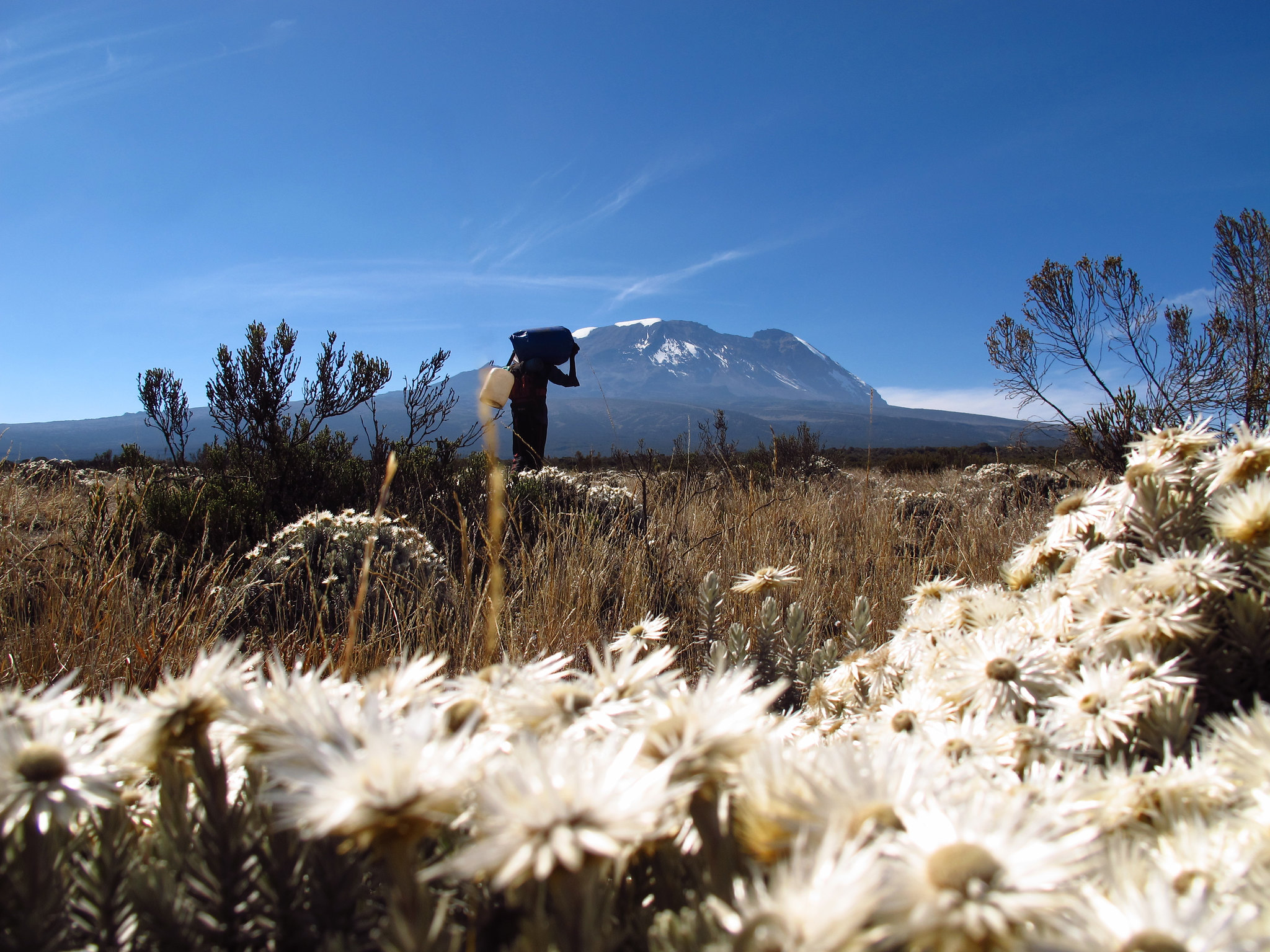
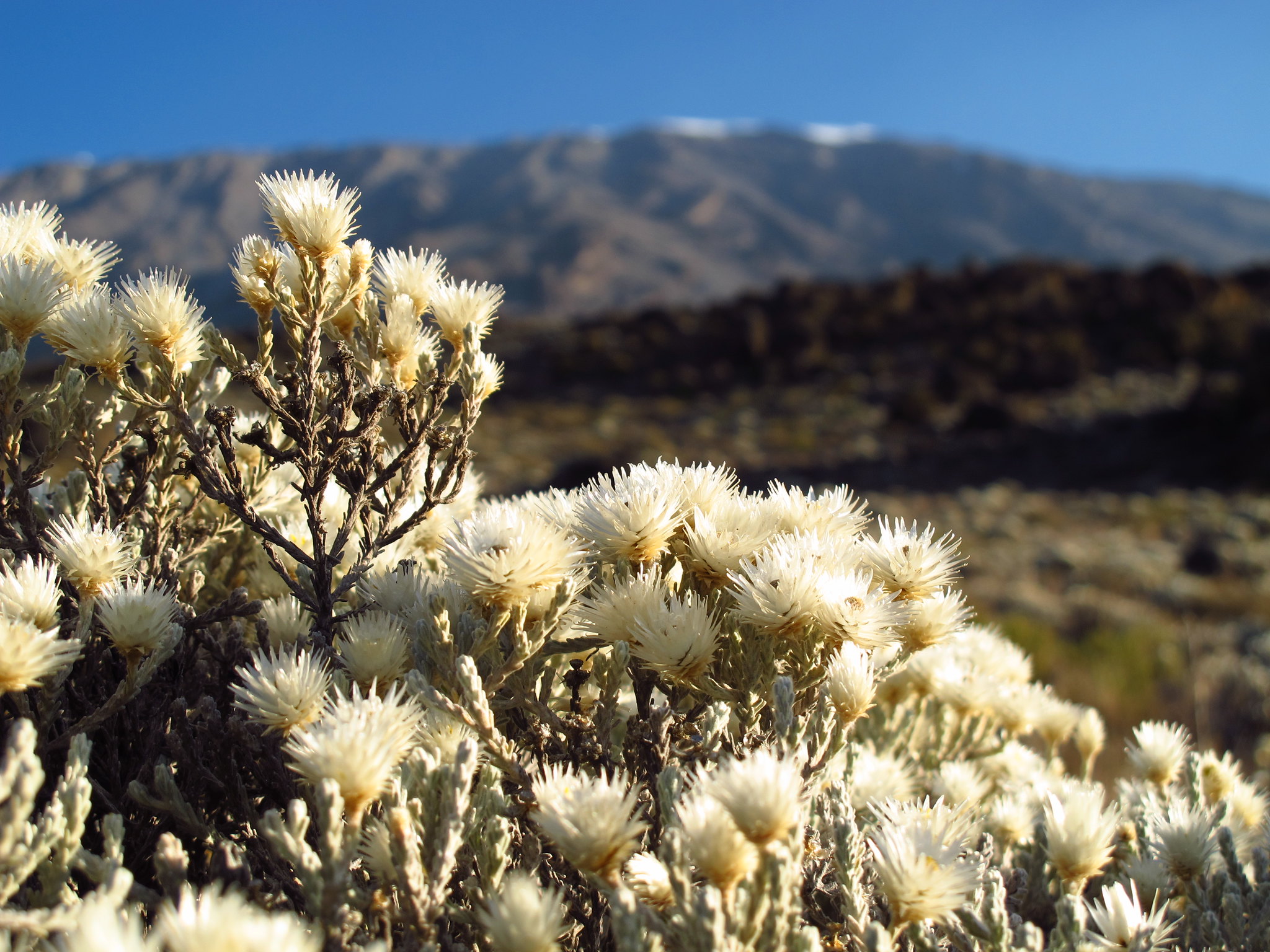
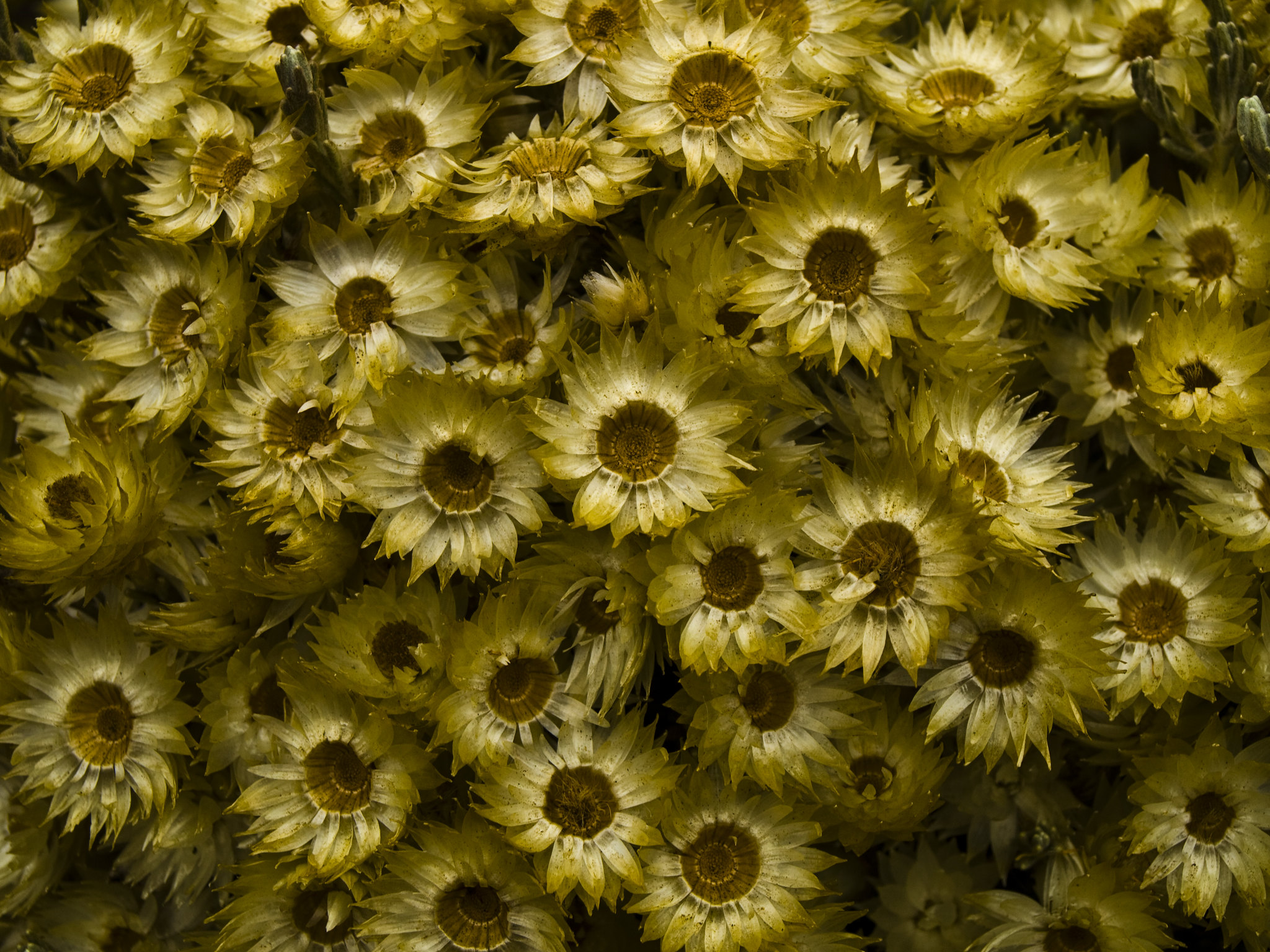
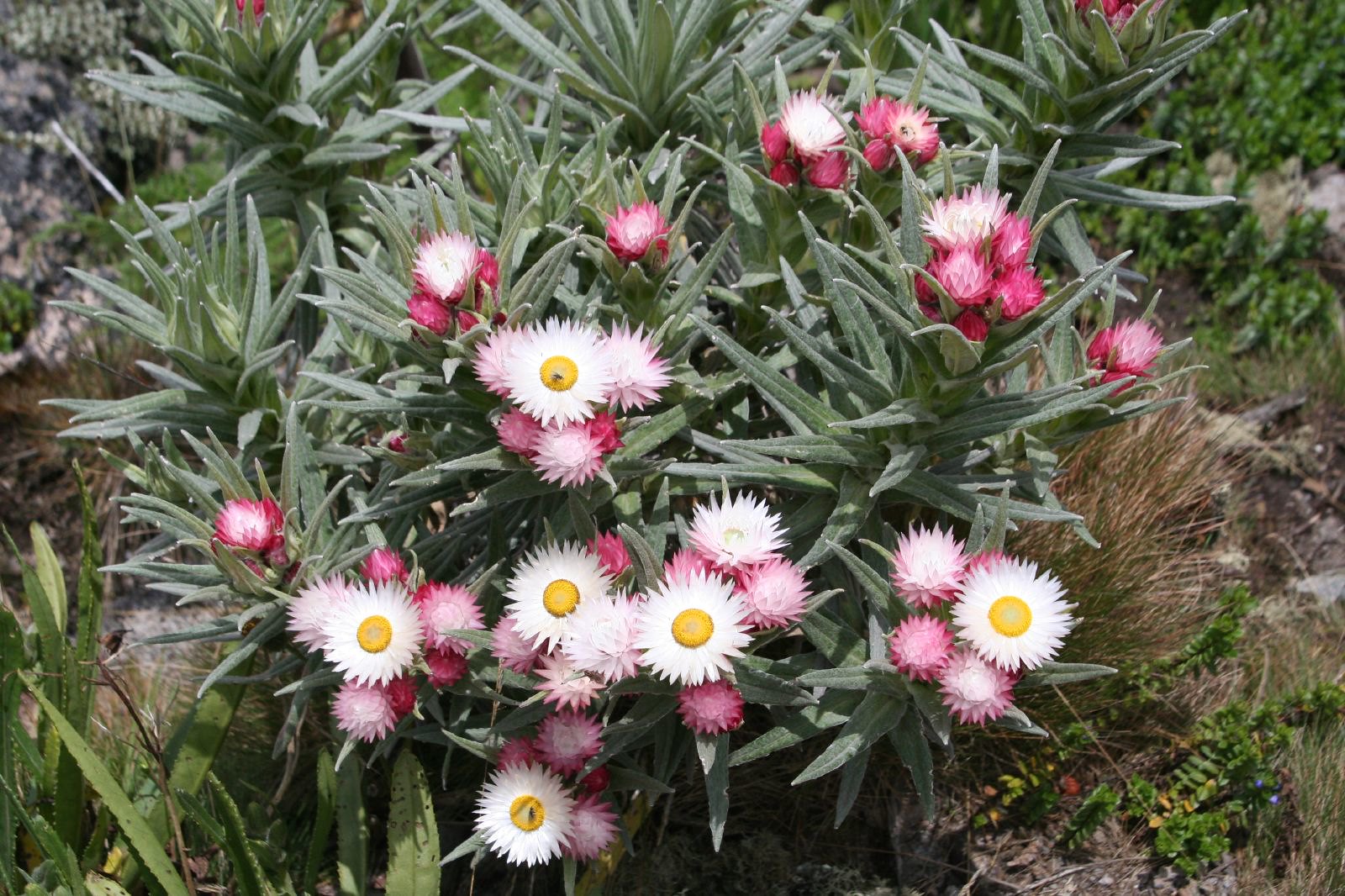
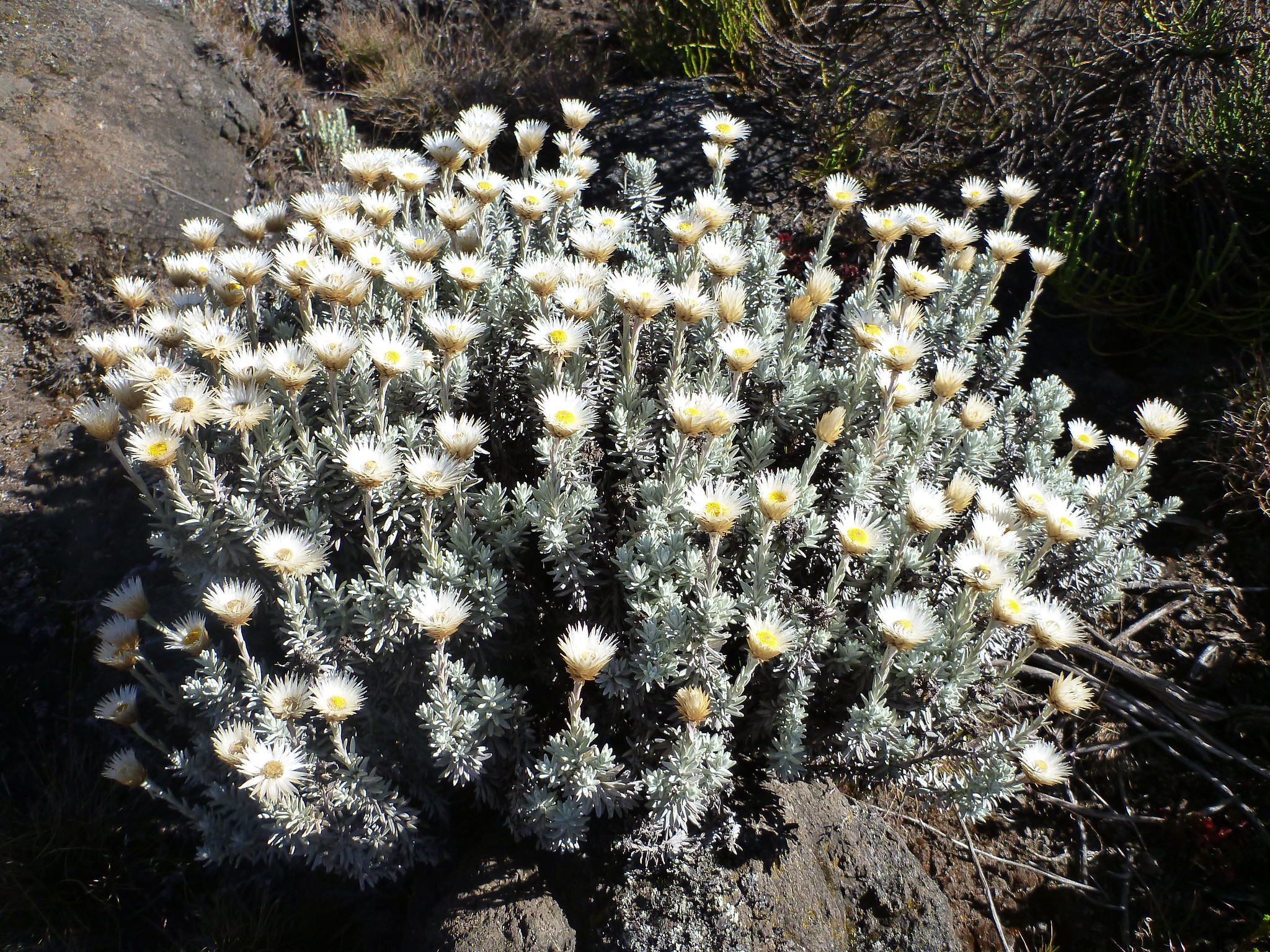
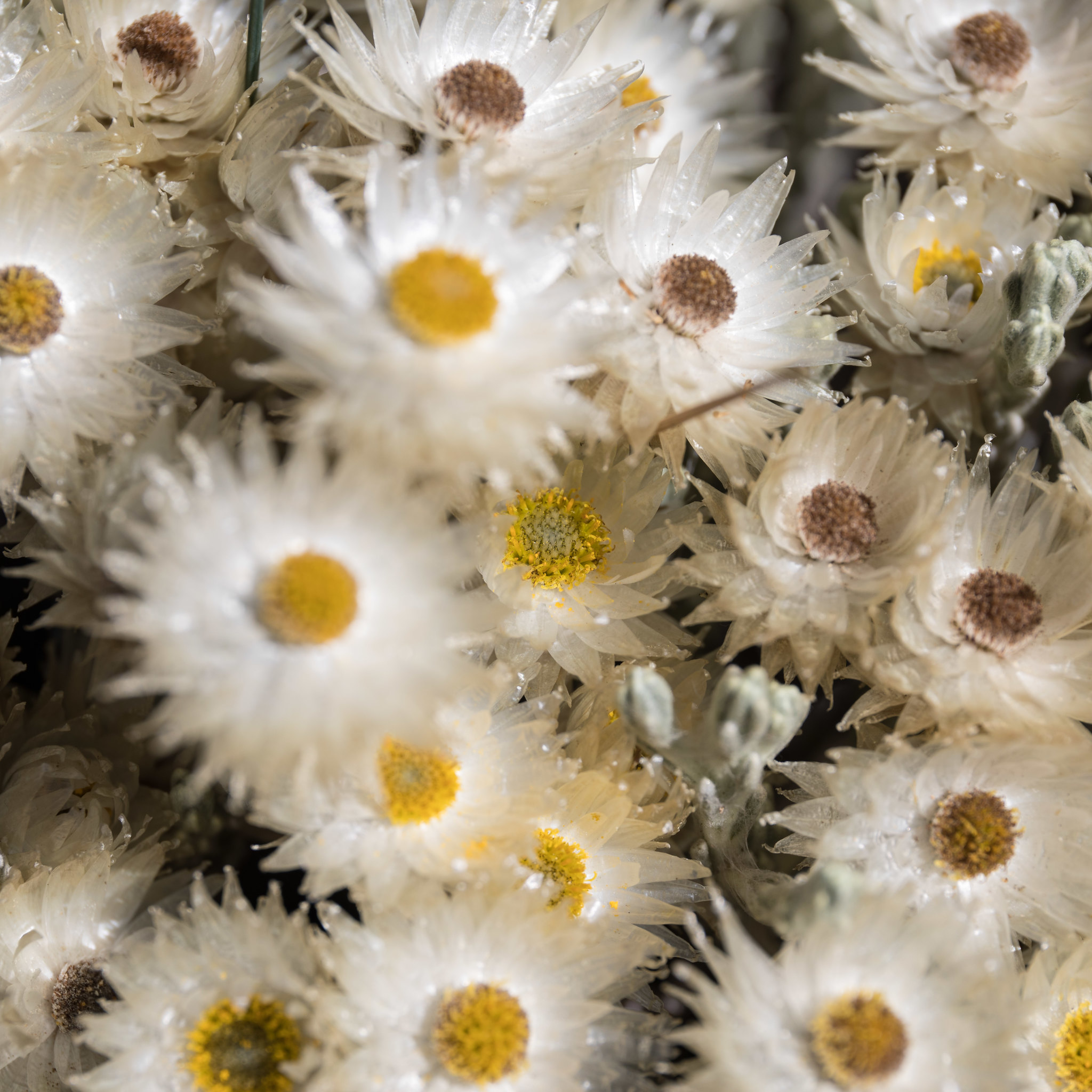
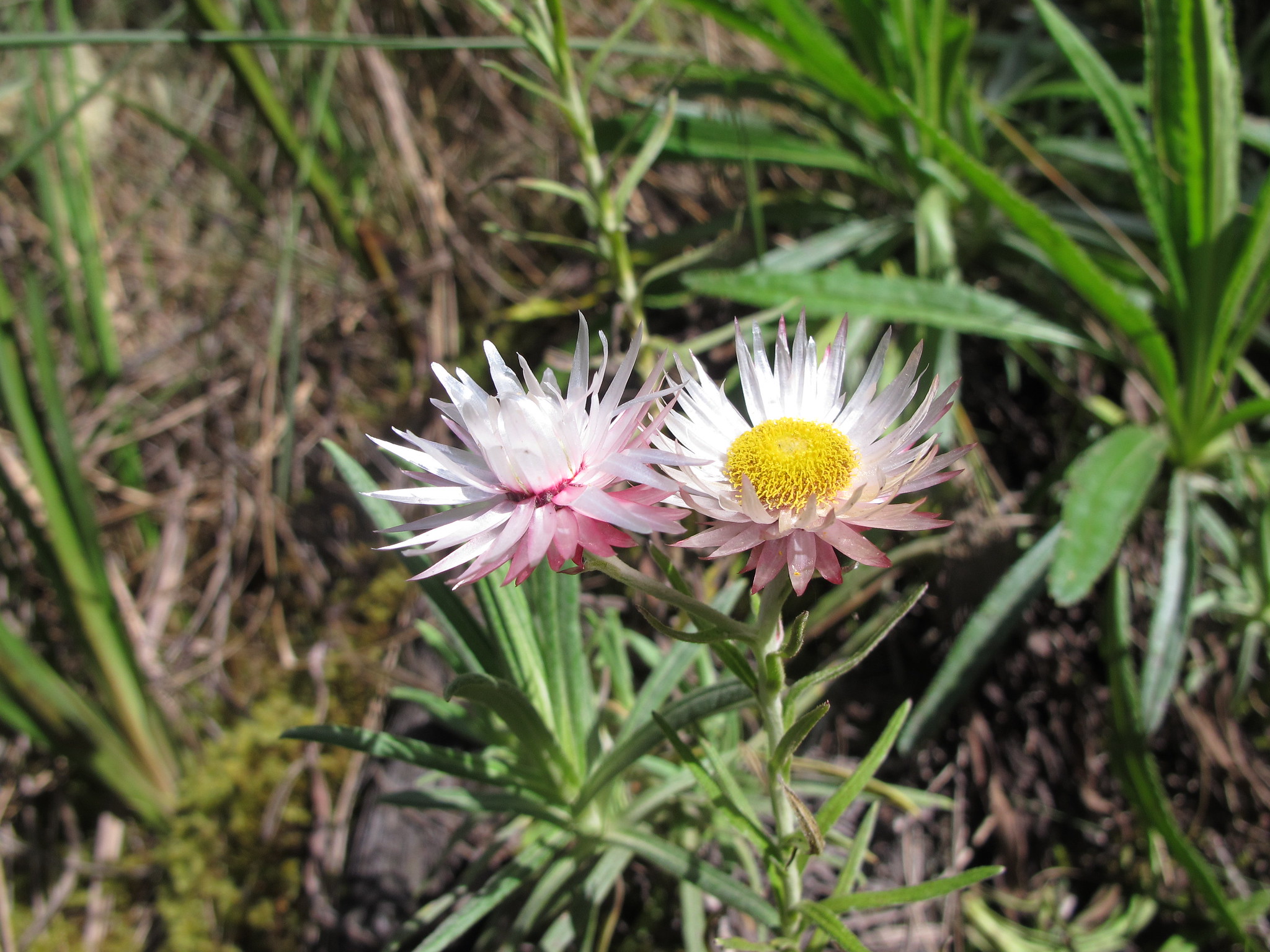
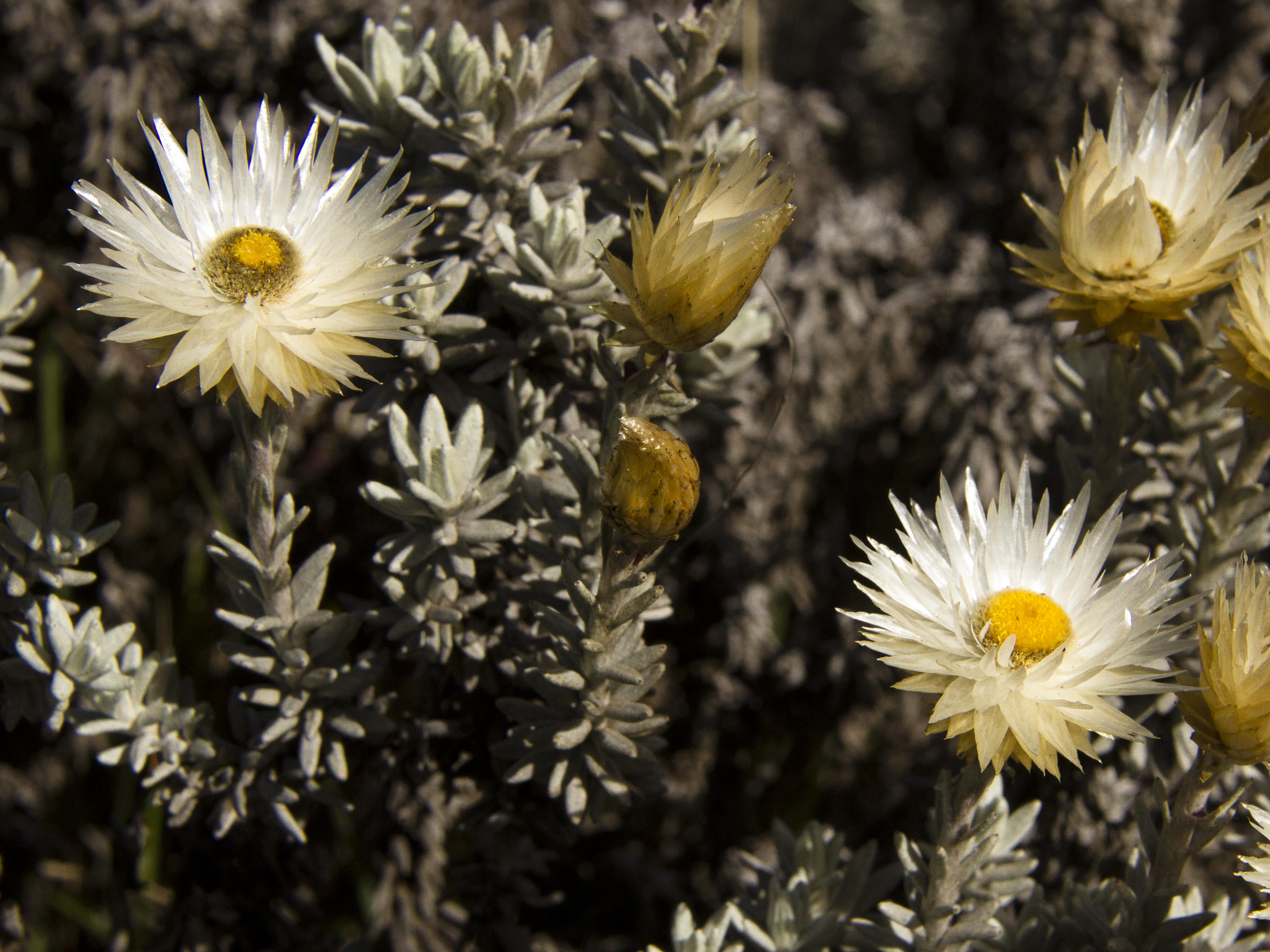
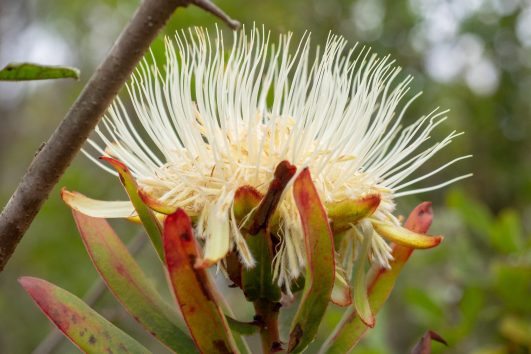
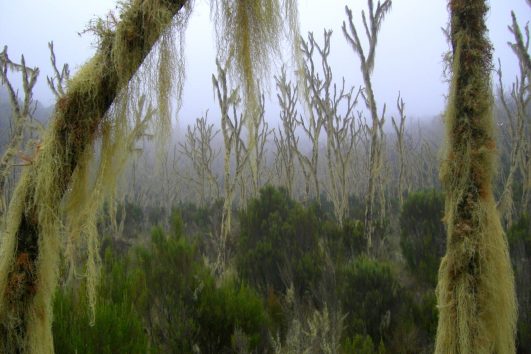
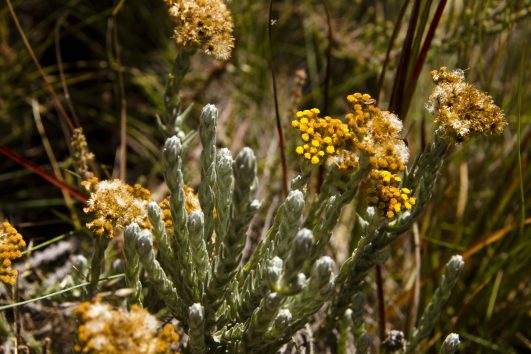
Tour Reviews
There are no reviews yet.
Leave a Review